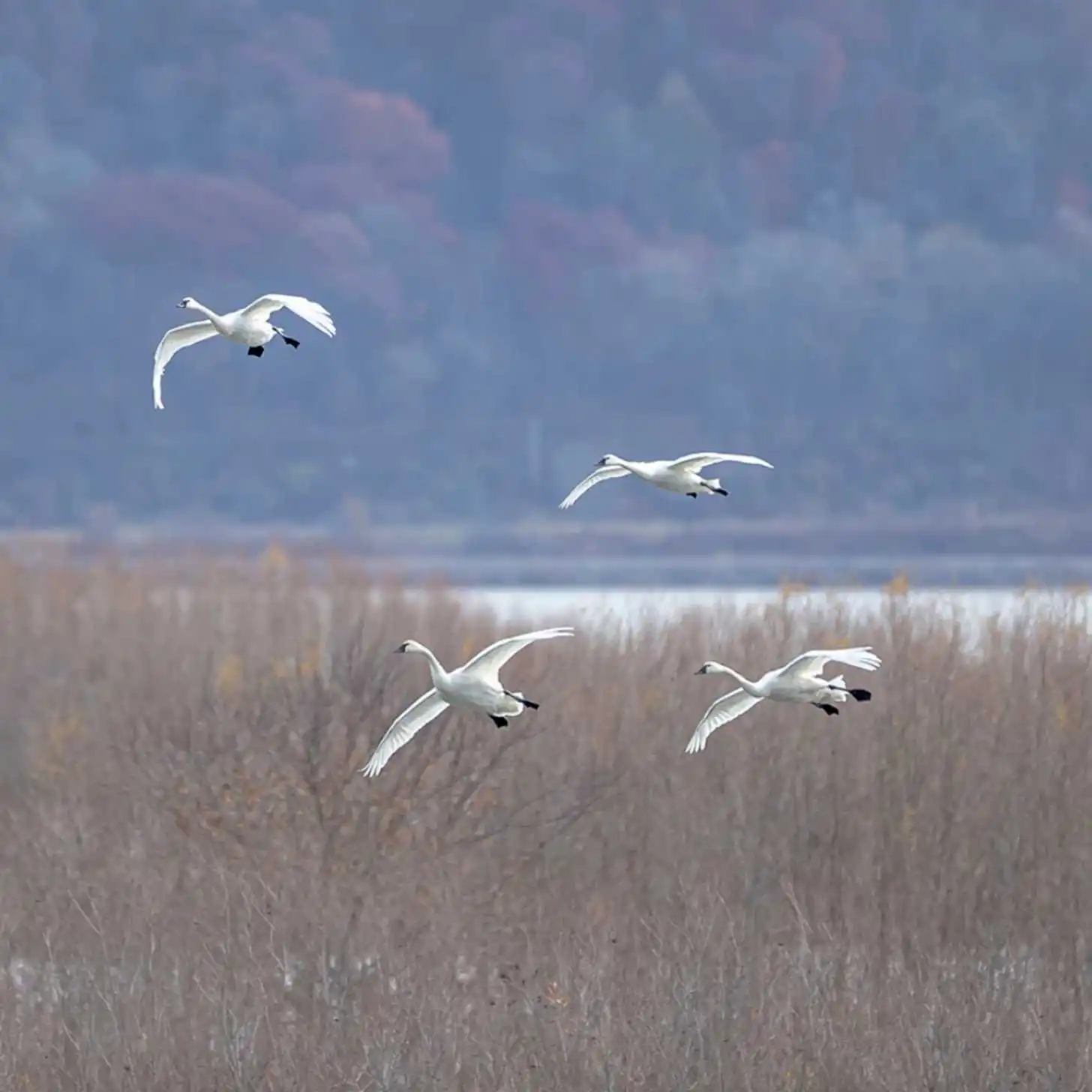The Upper Mississippi River National Wildlife and Fish Refuge is celebrating its 100th anniversary this year, marking a significant milestone in conservation history. Stretching across 261 river miles and protecting over 240,000 acres of floodplain, the refuge has become a vital habitat for a diverse range of species.
The refuge’s origins trace back to 1922 when a proposal was made by the U.S. Department of Agriculture to drain wetlands along the Upper Mississippi River. Thanks to the grassroots efforts of the Izaak Walton League of America, this plan was thwarted. The league, under the leadership of its first president, Will Dilg, emphasized the ecological value of the marshes and wetlands, rallying support nationwide through their magazine, Outdoor America.
Their campaign, which included a letter-writing initiative involving women from the General Federation of Women’s Clubs, brought significant attention to the need to protect the river habitat. This grassroots effort culminated in the passage of the “Upper Mississippi River Wildlife and Fish Refuge Act” by Congress on June 7, 1924.
Today, the refuge boasts a rich biodiversity, home to 518 distinct species, including a remarkable variety of birds, fish, mammals, and freshwater mussels. It serves as a crucial migration corridor for millions of birds annually, supporting 60% of all North American birds and 40% of North American waterfowl.
As the refuge looks toward the future, conservationists, biologists, and volunteers remain committed to preserving its unique ecosystems and exploring new ways to enhance its biodiversity. The hope is to maintain the refuge’s intricate habitats, ensuring it remains a treasure for both wildlife and visitors alike.
